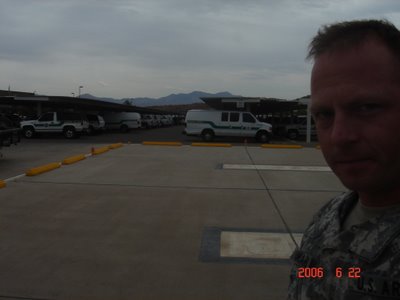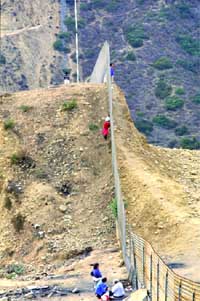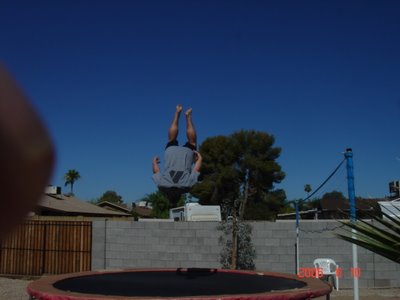
Troops Reducing Illegal Border Crossings
Associated Press | June 13, 2006
SAN LUIS RIO COLORADO, Mexico - The arrival of U.S. National Guard troops in Arizona has scared off illegal Mexican migrants along the border, significantly reducing crossings, according to U.S. and Mexican officials.U.S. authorities said Monday that detentions along the U.S.-Mexico border decreased by 21 percent, to 26,994, in the first 10 days of June, compared with 34,077 for the same period a year ago.
Along the Arizona border, once the busiest crossing spot, detentions have dropped 23 percent, according to the U.S. Border Patrol.



